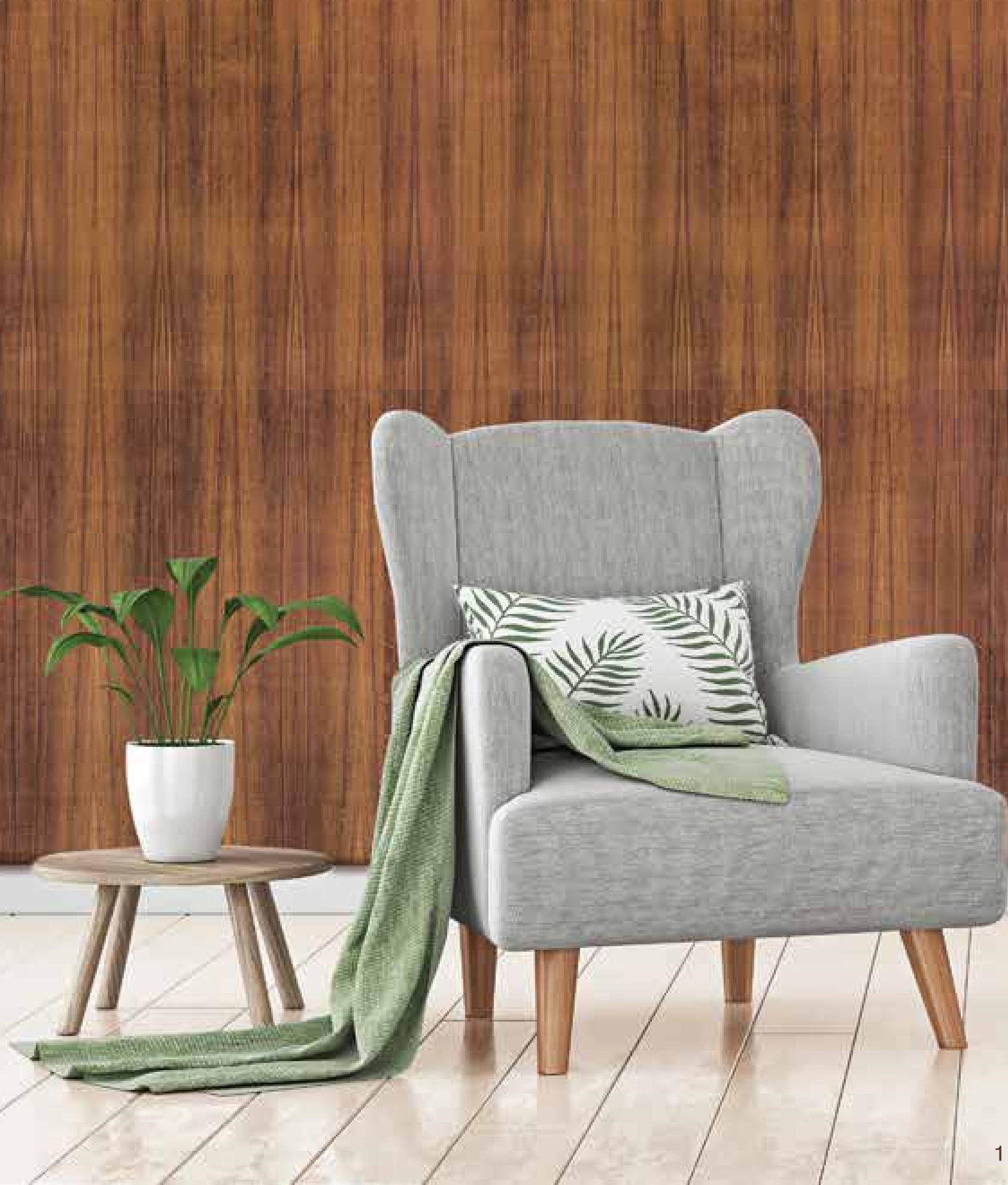Veneer sheets are a popular choice in interior design due to their durability, versatility, and aesthetic appeal. They are thin layers of decorative wood that are applied to a surface, typically furniture or cabinets, and come in a wide range of colors and patterns. In this blog, we will explore the different types of veneers available in the market.
Wood veneers are perhaps the most popular type of veneer sheets, and they are made by slicing or peeling a thin layer of wood from a log. The result is a sheet of wood that can be used to cover surfaces such as furniture, cabinets, or even walls. Wood veneers come in a variety of species, including oak, cherry, maple, and walnut, and they can be finished with a variety of stains or paints.

Paper veneers are a more affordable alternative to wood veneers. They are made by laminating a thin layer of paper onto a substrate, typically MDF or particleboard. Paper veneers can be printed with various patterns or designs, including wood grain or stone patterns, and they come in a variety of colors.

Phenolic resin veneers are made by impregnating layers of paper with a phenolic resin, which is then cured under heat and pressure. The result is a dense, durable sheet that can be used for a variety of applications, including flooring and wall panels. Phenolic resin veneers come in a variety of colors and patterns, including wood grain and stone patterns.

Polyester or Plaster veneers are made by laminating a thin layer of polyester onto a substrate, typically MDF or particleboard. They can be finished with a variety of colors and patterns, including wood grain and metallic finishes. Polyester veneers are durable and easy to clean, making them an ideal choice for high-traffic areas.
PVC veneers are made by laminating a thin layer of PVC onto a substrate, typically MDF or particleboard. They come in a variety of colors and patterns, including wood grain, stone patterns, and metallic finishes. PVC veneers are durable and easy to clean, making them an ideal choice for use in kitchens and bathrooms.

As you can see, there are many types of veneers available in the market, each with its own set of advantages and disadvantages. Whether you are looking for a cost-effective alternative to wood veneers or a durable solution for high-traffic areas, there is a type of veneer that is right for your needs.
We’d like to introduct you to CenturyVeneers. They offer a wide range of high-quality veneer sheets that are perfect for a variety of applications. Whether you're looking for traditional wood veneers or modern PVC veneers, CenturyVeneers has a solution that is right for you. With a commitment to quality and customer service, they are a top choice for interior designers and homeowners alike.
NatzuraWoods are the admirable range of natural veneers offered by CenturyVeneers. Natural veneers are curated using thin slices of wood on which designs occur naturally. In these, each type of veneer flitch will have a slightly different appearance than the other because of the natural grains that occur on the wood. These veneers are your perfect companion to curate authentic and classy interiors in your home. Some key USPs of NatzuraWoods types of veneers are as follows:
These types of veneers when it comes to the application are mostly used for kitchen interiors, bedroom interiors, and living room interiors.

Senzurastyles offer a wide range of reconstituted types of veneers. Reconstituted veneers are curated from thin slices of wood that go through an additional process in which designs and patterns are created on the flitches. Using techniques like dyeing, laser technology, and so on, these flitches are curated so that each veneer flitch is the replica of the other. Reconstituted veneers are perfect if you want to revamp your living spaces with a more chic and modern look. Notable features of Senzurastyles veneers are as follows:
Senzurastyles is a popular choice for bathroom cabinets, dining tables, living room interiors, and study interiors.

3. Dark Forest:
CenturyVeneers Dark Forest range is curated from exquisite natural veneer, procured from exotic sources, which is further treated in-house to give a unique captivating look to the veneer thereby rendering a natural organic look to your interiors. Some noteworthy characteristics of Dark Forest veneers are as follows:
When it comes to application, Dark Forest is a popular choice for bedroom interiors, wardrobes, dining tables, and office interiors.

ProgettoWood is a premium range of veneer formed by poly-fiber grains, overlayed on a decorative veneer, pressed on a Gurjan matt base with a coating of epoxy sealer. These veneers are hi-end veneers and come with exotic grain designs. Some USPs of ProteggoWood veneers are as follows:
Progettowood veneers are a popular choice for living room interiors, coffee tables, restaurant interiors, and bookshelves.

Veneer sheets are a versatile and cost-effective way to add a touch of style and sophistication to any interior design project. With so many types of veneers available, it's important to choose the right one for your specific needs. We hope that this blog has helped you to better understand the different types of veneers available in the market and how they can be used to enhance the beauty of your home or office.
Loading categories...